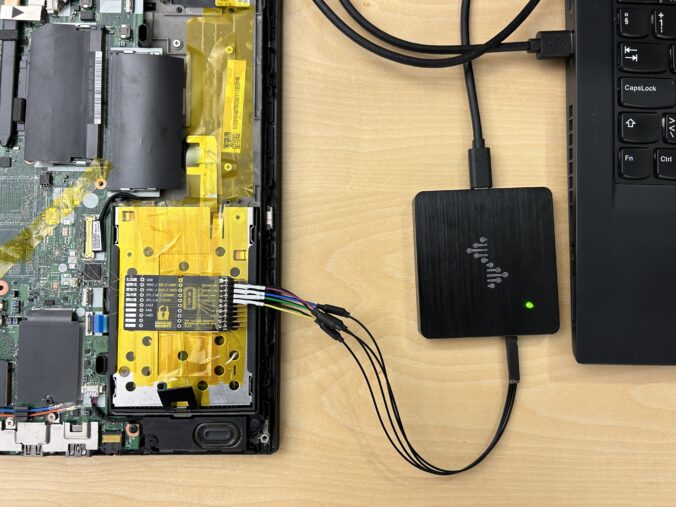In this blog article, we would like to share key insights from the “Defeating Microsoft’s Default BitLocker Implementation” security training by Hands-On Security and emphasize the potential risks and consequences associated with this attack technique. Our target audience includes businesses looking to safeguard sensitive data on their Windows devices, as well as individuals with an elevated requirement for protecting their data.
Compass Security Blog
Offensive Defense
TL;DR An attacker is able to register new security keys (FIDO) or other authentication methods (TOTP, Email, Phone etc.) after a successful device code phishing attack. This allows an attacker to backdoor the account (FIDO) or perform the self-service password reset for the account with the newly registered sign-in methods. Microsoft deemed this not a vulnerability.
With the rise of remote working, Microsoft Teams has become the de-facto standard for video conferences, chat, and collaboration. The nature of the Teams architecture are some central systems that route information between parties. With that comes that Teams client software must be allowed to communicate to the Internet. Microsoft even recommends letting Teams traffic bypass inspection proxies for compatibility reasons. Its network communication pattern has significant overlap with malicious C2 traffic und thus it is nearly impossible for blue teams to spot adversary communication. Therefore, Teams is an interesting candidate to be abuses for C2 traffic. Thus, we put some research into this.
Sometimes, the good old credential dumping techniques just won’t work. This is the story of how a bad actor could dump credentials on a fully-patched, monitored and hardened workstation.
Red Teaming exercises are getting popular with the growth of security operations centers. These attack simulations aim to help companies improve their defenses and train the blue team. But solid foundations are necessary to get the most of such an exercise.
A little bit over a year ago, I wrote an article on this blog about CVE-2020-1113 and how it enabled to execute code on a remote machine through relaying NTLM authentication over RPC triggering a scheduled task on the remote system. History repeats itself and a vulnerability of the same category has been fixed by Microsoft in June this year.
We show how to decrypt passwords from the configuration backup of a Xerox WorkCentre and how, during the reverse engineering, a command injection vulnerability was discovered (CVE-2021-27508).
During internal assessments in Windows environments, we use BloodHound more and more to gather a comprehensive view of the permissions granted to the different Active Directory objects. In this post, we’ll show an advanced usage of this tool by using our additional queries.
When you add a new computer, it must first join the domain. If you use its future main user to do it, they’ll become the owner and be able to hijack the computer to become a local administrator in four easy steps.
As a defender, you want to find and patch attack paths in your Active Directory environment. One cannot easily spot issues by looking at the Active Directory Users and Computers console, GPOs, etc. but here comes BLOODHOUND.
© 2024 Compass Security Blog








